Fall down while looking for the fallen person
In March 1996, a young man named Pham Viet Hoa, from Anh Son, Nghe An, then 21 years old, packed his backpack from Ho Xa town, Vinh Linh district, Quang Tri province (old), and joined the army. After 3 months as a new soldier, he was assigned to the 584 Martyrs' Remains Collection Team (Team 584), the Military Command of Quang Tri province (old). This is a specialized unit responsible for searching for, collecting, and collecting the remains of Vietnamese volunteer soldiers and experts who died on the battlefield in Laos.
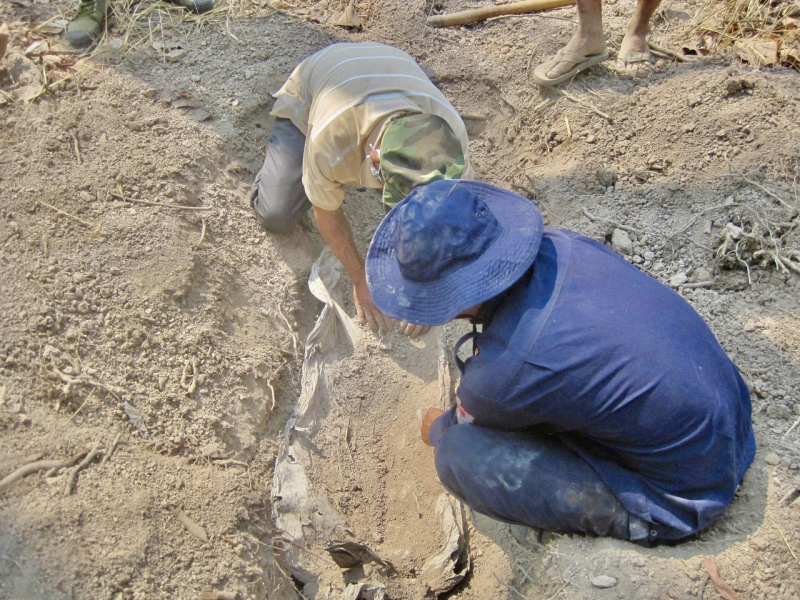
In the dry season of 1996 - 1997, for the first time, Hoa and his comrades crossed the border and marched into the deep forests of Laos. That was the third dry season of Team 584, a journey that everyone understood, not only had reeds, leeches, cliffs and malaria, but also stretches of road covered with footprints, where memories of war had not yet closed their mouths.
“It’s very difficult and dangerous, but when the Champa flowers bloom, we will return, return with our comrades,” said an officer of Team 584 when the group stopped by the stream across the Se Pon forest. At that moment, Private Hoa smiled, his eyes shining with passion: “That flower would be very suitable to plant in Vinh Linh. Tomorrow, I would like to bring a branch back to plant as a souvenir.” That was the first time he went to find the grave, but it would also be the last time.
On the morning of March 8, 1997, Team 584 marched to Vang Hay, Se Pon District, Savannakhet Province. One day after the pouring rain, the mountains were obscured, and the Se Pang Hieng River became fierce. While carrying the remains of his comrades who had just been found across the raging flood, Hoa was swept away. It was not until late afternoon that his comrades found his body, stuck in a river branch. The dry season in Laos had not ended. The mission had not been completed. But that young soldier had remained forever in the deep, poisonous forest, at the age of just 22. The next morning, Champa flowers suddenly bloomed on the edge of the forest, like a silent and painful farewell. That young soldier had remained in the midst of a friendly land, letting his soul blend into the following flower seasons.
More than 40 years have passed since the first dry season (1984), when Team 584 set foot on Laos to search for the remains of Vietnamese volunteers and experts who died on the battlefield. Lieutenant Colonel Tran Quang Luc, former Political Commissar of the Team, still remembers every trip, every handful of soil dug up with bones and relics of martyrs, and even the quiet farewells with sobs and silent consolation. “Every time someone dies, the pain is like new. Not because we are not used to loss, but because those who fell were comrades, brothers, and people who were looking for other brothers,” Lieutenant Colonel Luc shared in a low voice.
In April 2005, Team 584 received another bad news. Sergeant Truong Quang Thanh (born in 1980, from Gio Mai commune, Gio Linh district - an area of Quang Tri province before the merger) - an experienced, cheerful and always close-knit squad leader, sacrificed his life while on duty in Muong Phin, Savannakhet province. At that time, the unit was marching through Pha Loong village when a storm came, the sky turned dark with thick clouds, the wind howled and then thundered. A large tree fell down, hitting Thanh.
Before his death, he was still chattering to his comrades: “The mussel season in Gio Mai, my hometown, is the best. Come visit my house, my mother cooks that famous mussel dish.” The invitation was not fulfilled. But the taste of his homeland, the smile of that soldier, still lingers in every step of his comrades who continued on their journey. Former Lieutenant Colonel Tran Quang Luc, who directly embalmed the body of martyr Thanh, recounted in a choked voice: “I still remember… He was seriously injured in the head, shoulder and chest. Blood soaked his forest shirt. All his comrades were stunned.”
Bringing teammates home - more than 40 dry seasons without stopping
Team 584 was established in 1984, in a small base in Hue. At that time, 19 officers and soldiers, led by Lieutenant Tran Quang Trung, were given a special mission: to go to Laos to search for, collect and return the remains of Vietnamese volunteers and experts who died in the resistance war to their homeland. In the first days of setting foot in Su Muoi district, Savannakhet province, two old Gat vehicles took four days to reach their destination. The soldiers, who had just become accustomed to fighting, now turned into grave hunters, with their luggage consisting of hoes and shovels, a blurry map, some scattered news and the boundless gratitude of the people of the neighboring country.
The dry season in Laos usually begins in November and lasts until the end of April of the following year. Former Lieutenant Colonel Tran Quang Luc recounted that in Laos, during those dry months, everything was dry and shriveled. Forest leaves were as crispy as rice paper. Grass withered, the ground cracked, and streams were left with only shallow beds littered with pebbles. There were days when the assembled soldiers waded through streams and climbed passes from dawn to noon, sweating profusely, but could not find any trace. All clues seemed to disappear amid the harsh 40-degree heat and the dry dust of the dipterocarp forest.
There was a time when we thought we would give up, but a silent prayer arose: “Comrades, if you are still sacred, please show us where you are lying.” And then, as if a premonition had touched the depths of our souls, a soldier suddenly cried out from a nearby bush. When digging, the force discovered 32 skeletons. But finding the graves was only the beginning. Exhuming graves in the middle of the stifling dry season was the real limit of human strength.
In the sweltering heat of 39-40 degrees, the soldiers sat with their heads buried at the bottom of deep graves, patiently crushing handfuls of soil and feeling for bone fragments. There was a “closed” grave, the body was wrapped in many layers of plastic, when the knot was untied, yellow water gushed out along with the smell of death, making the new soldier jump out of the hole because of dizziness. The cadres and party members quietly went down to replace them, no words of instruction were more profound than their actions.
“Once, a mine exploded under the grave, injuring four soldiers. The bones, dust and flesh of the living mixed together, like a silent oath between two generations: We will bring you back!”, Mr. Luc recounted thoughtfully, as if talking to himself. He said that a soldier once burst into tears when he picked up a comb, a piece of paper, a rusty gun, the last traces of the fallen. These objects were worn down over the years, but they still carried part of their memories.
Over the past four decades, Team 584 has recovered more than 6,000 martyrs’ remains, of which more than 5,500 are in Laos, the rest are in the western region of Quang Tri (formerly). Although most of them do not have names, each piece of bone is cherished, placed in the grave with the farewell trumpet and the call: “Comrades, you have returned!”. With its outstanding achievements, in 2008, Team 584 was awarded the noble title “Hero of the People’s Armed Forces in the Renewal Period” by the Party and State.
Three years later, Colonel Tran Huu Luu, the legendary Team Leader, was also honored with the award. These awards were not only well-deserved but also a testament to a special unit, the only military unit of Quang Tri (formerly) and possibly the entire Military Region 4 to receive such a noble honor in peacetime.
Source: https://cand.com.vn/Phong-su-tu-lieu/khi-hoa-champa-no-ben-dong-se-pang-hieng-i775786/


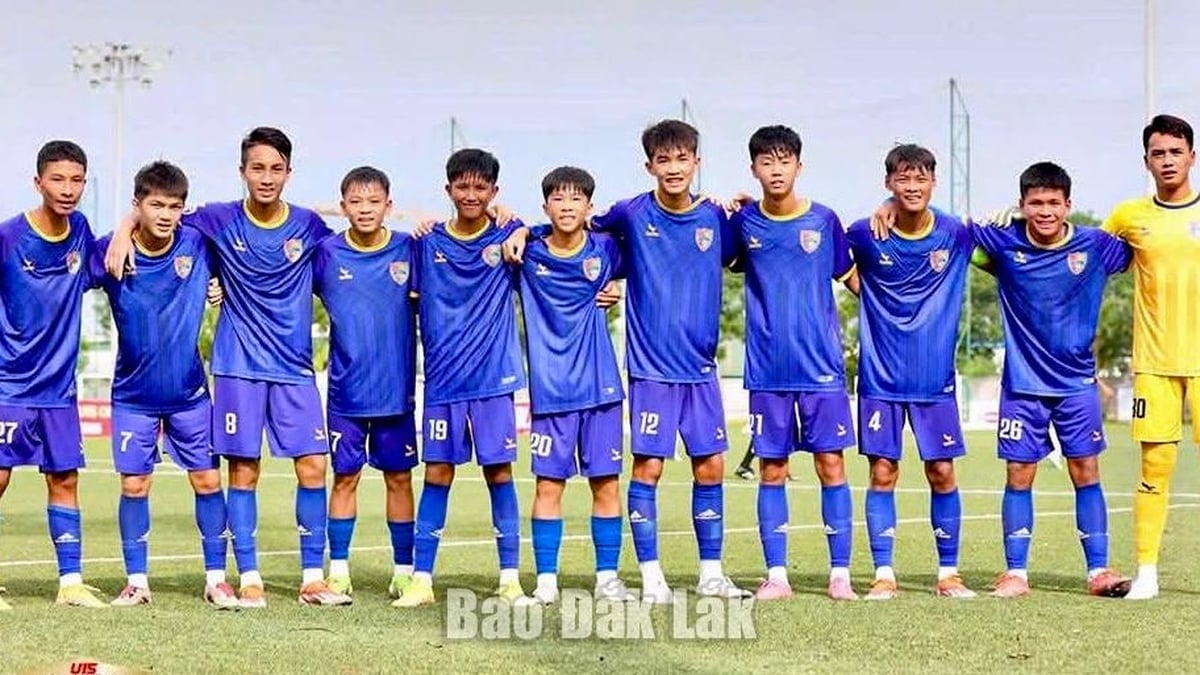

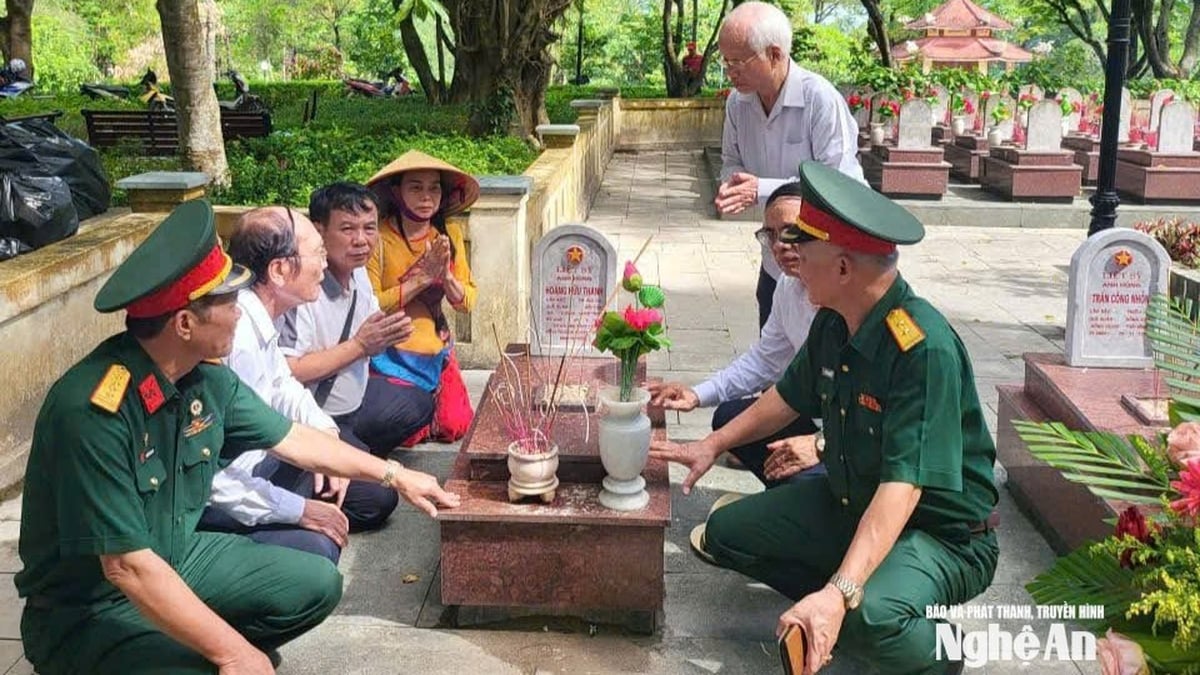
![[Video] New advances in technology for identifying martyrs' remains](https://vphoto.vietnam.vn/thumb/1200x675/vietnam/resource/IMAGE/2025/7/26/ef0db1b91ceb445badc48179e7d272a1)


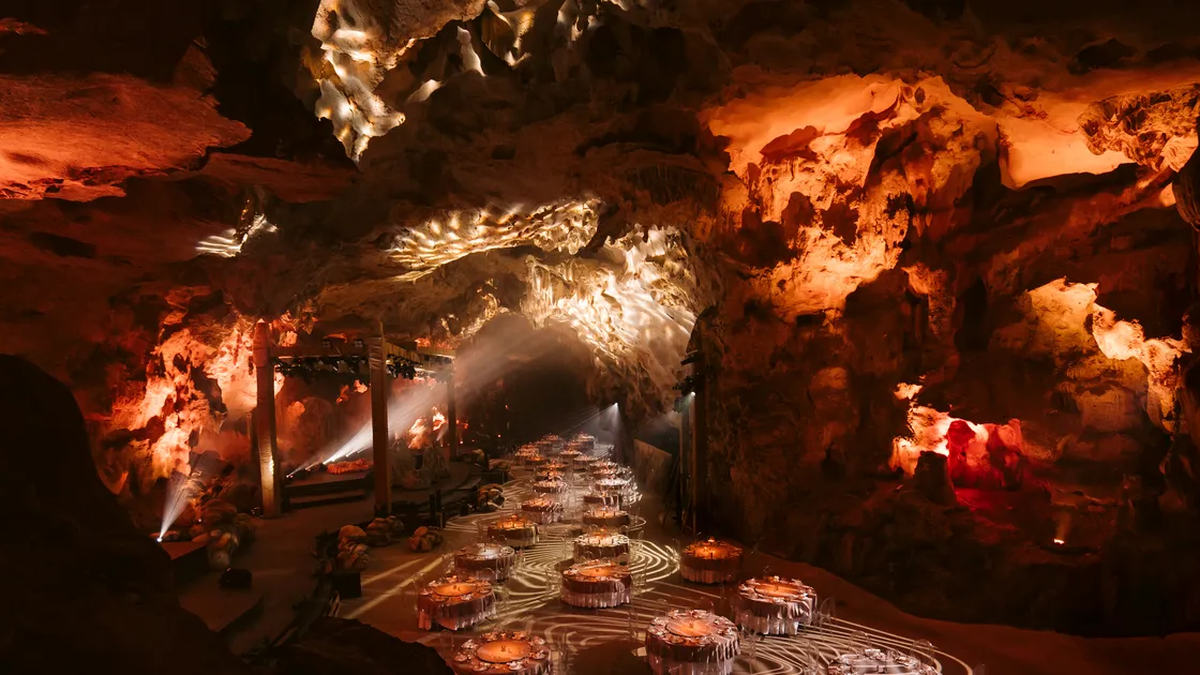

![[Photo] National Assembly Chairman Tran Thanh Man receives Chairman of Morocco-Vietnam Friendship Association](https://vphoto.vietnam.vn/thumb/1200x675/vietnam/resource/IMAGE/2025/7/26/b5fb486562044db9a5e95efb6dc6a263)
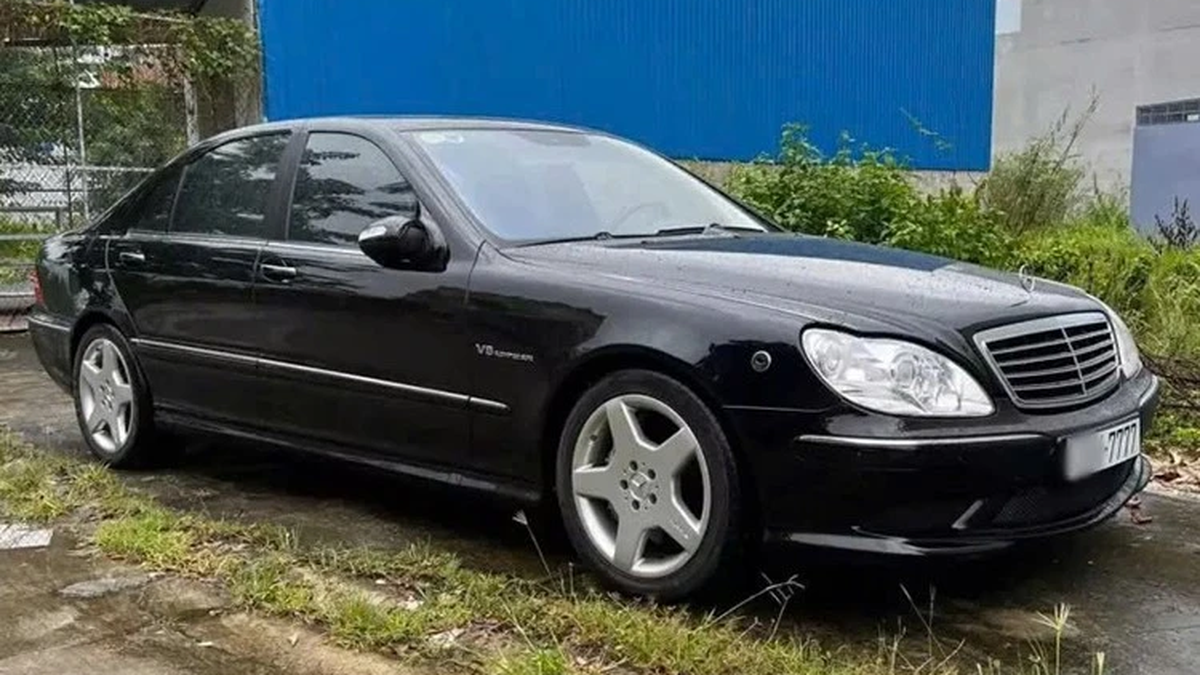










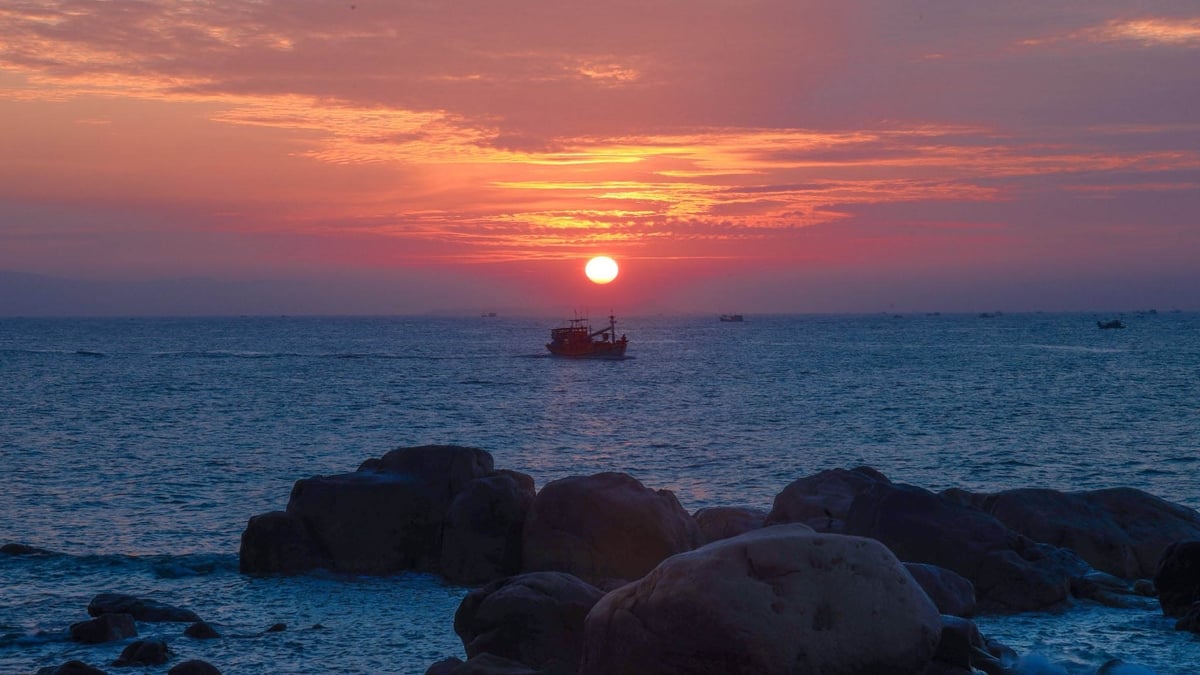
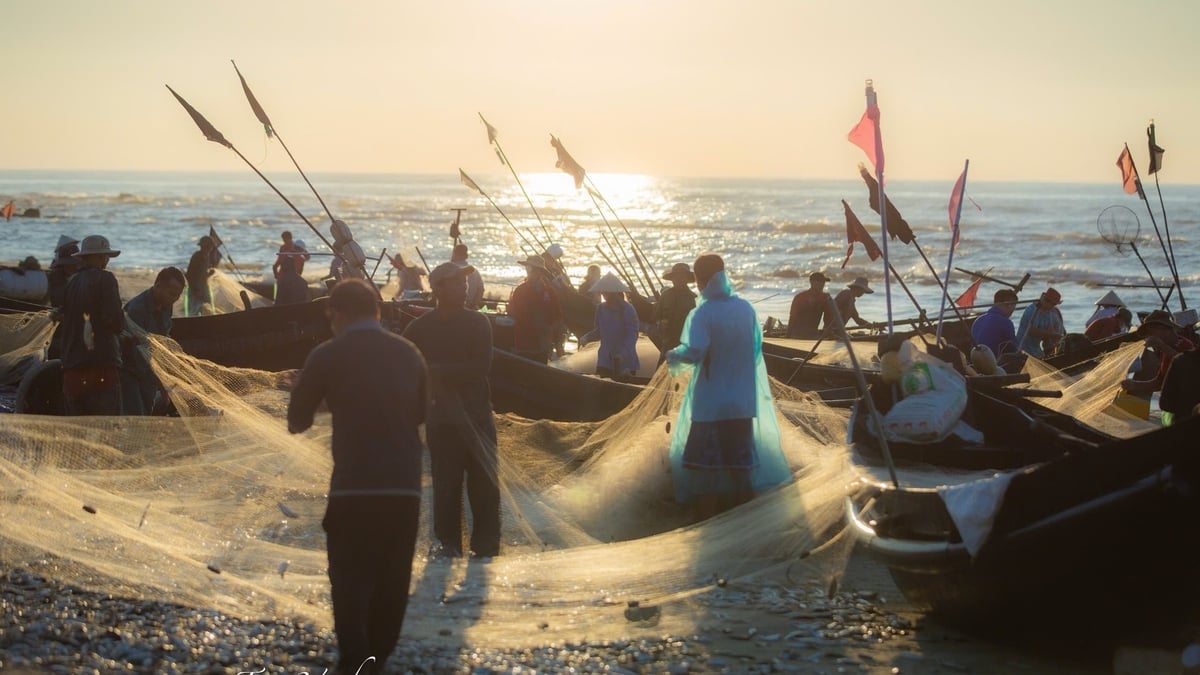
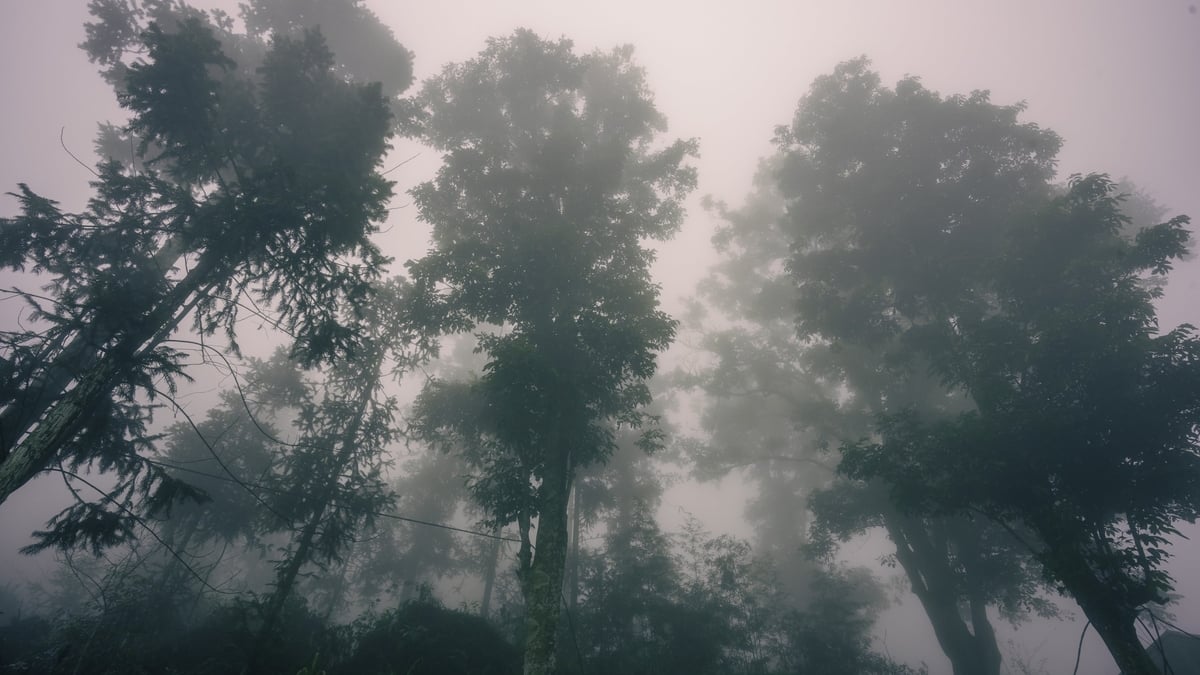
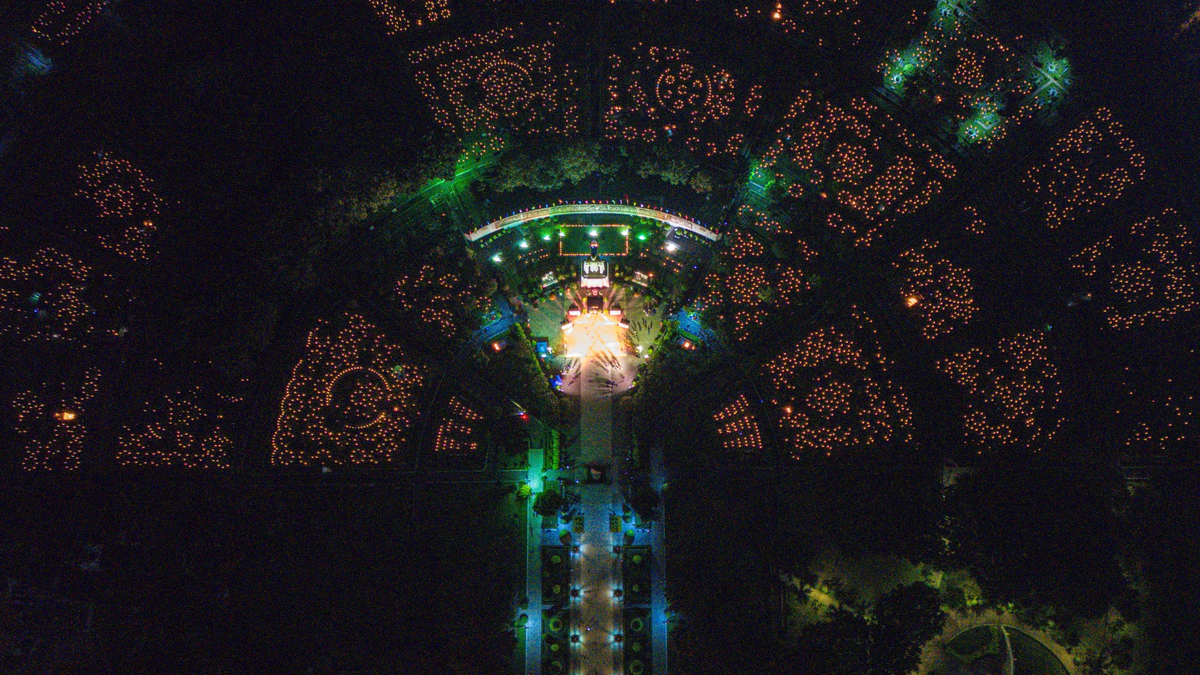
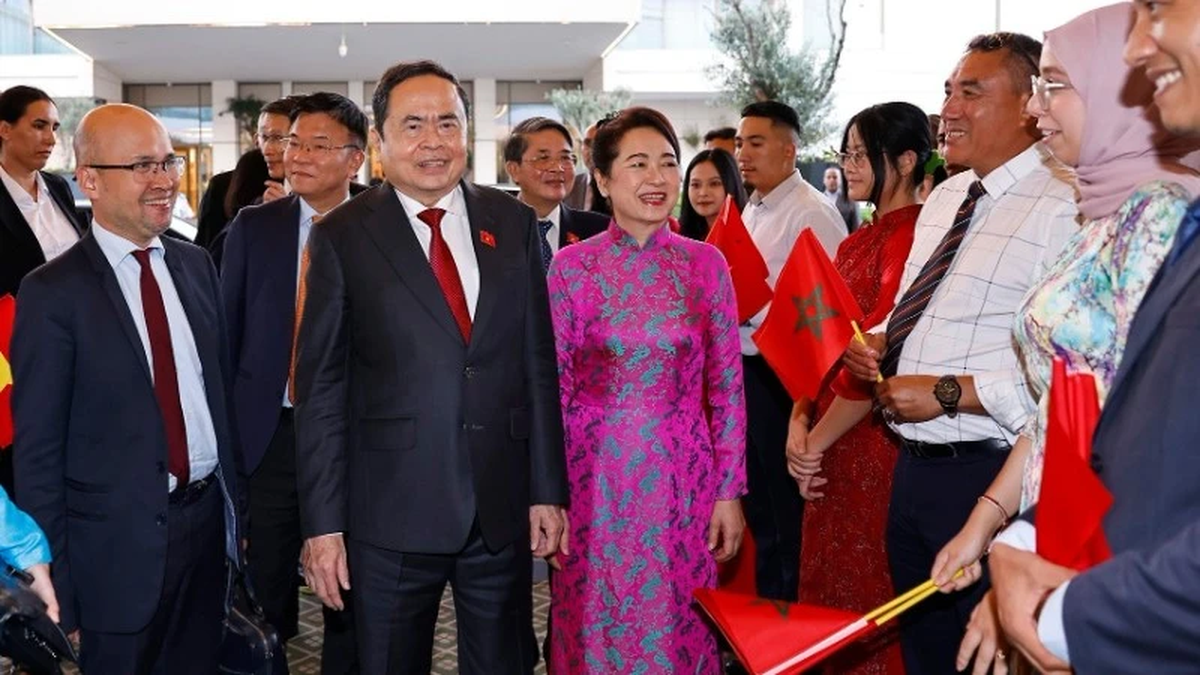
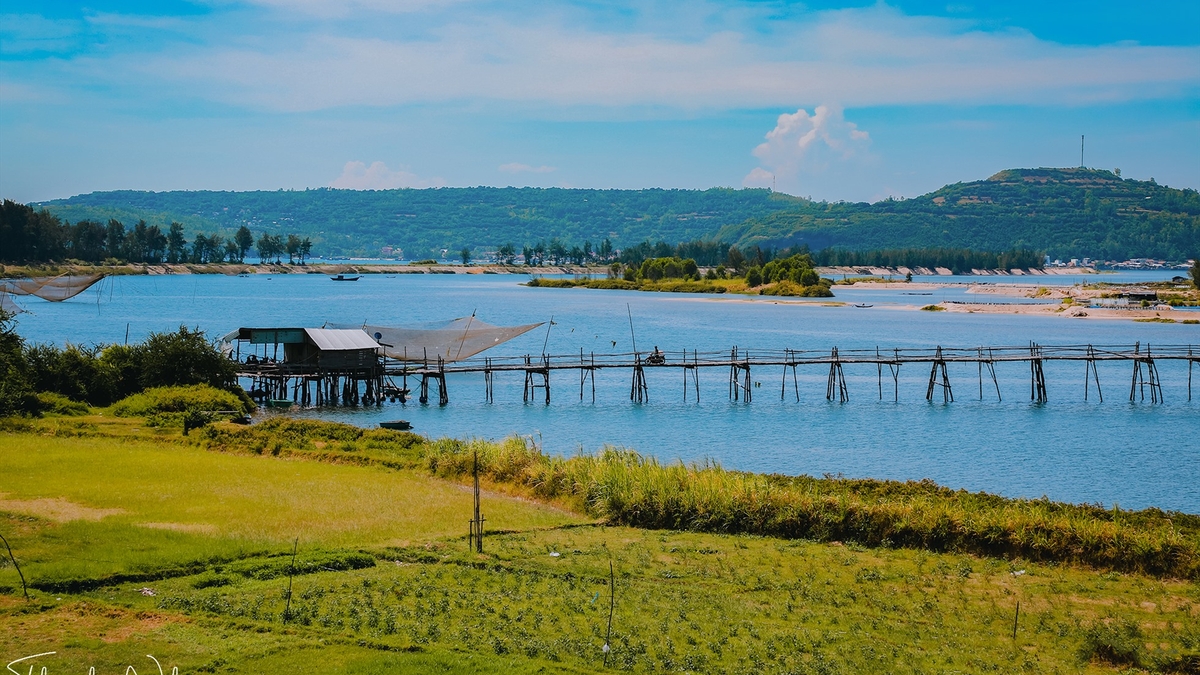
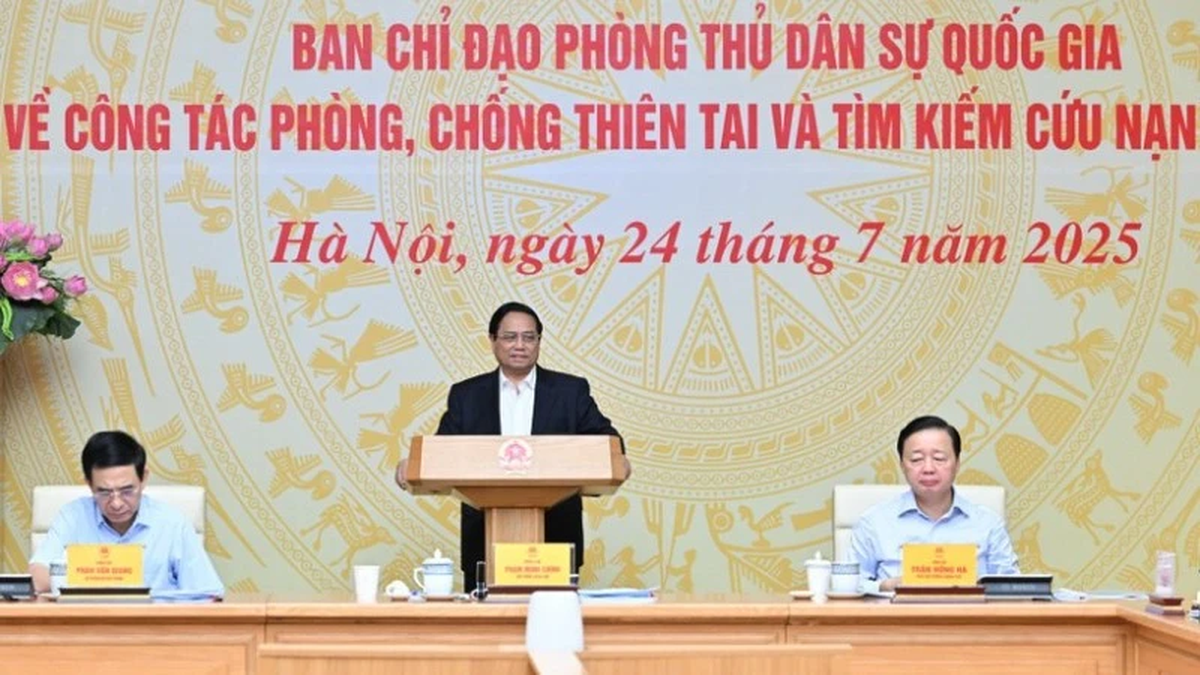
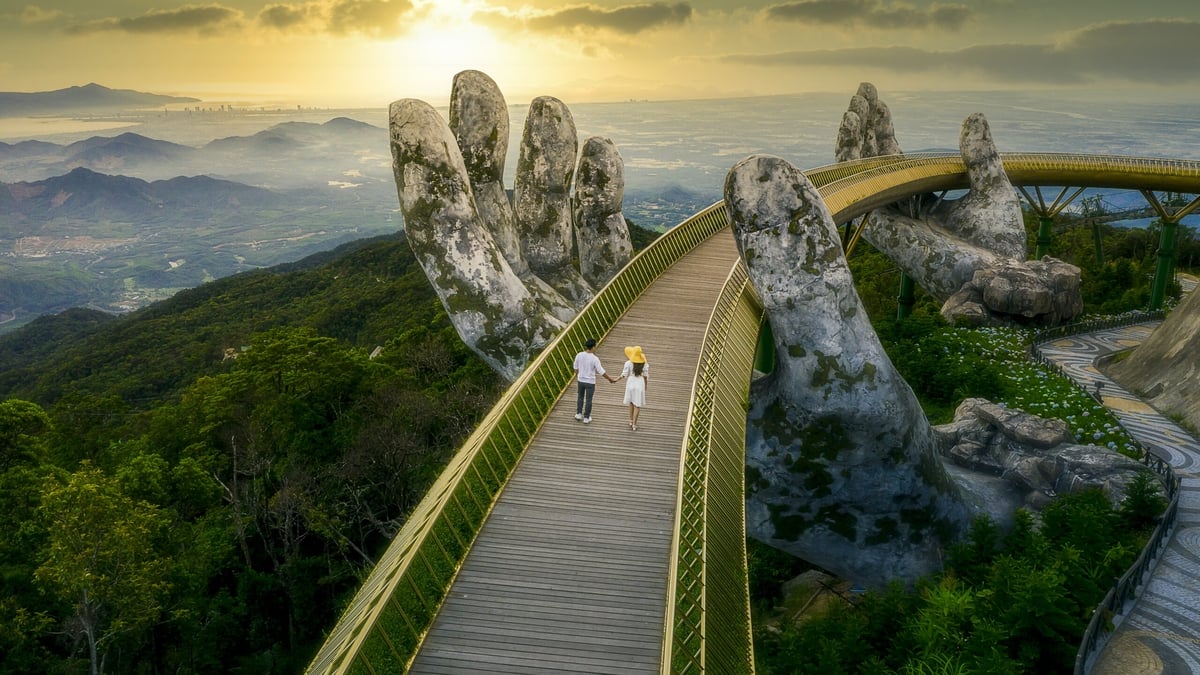
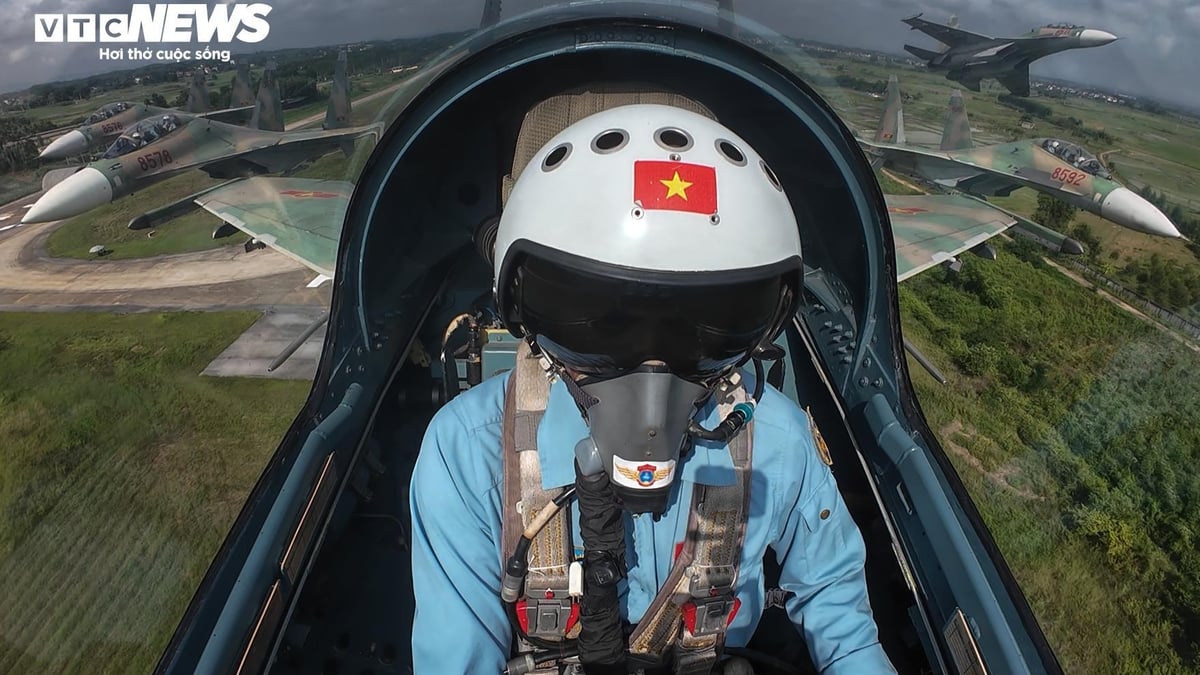
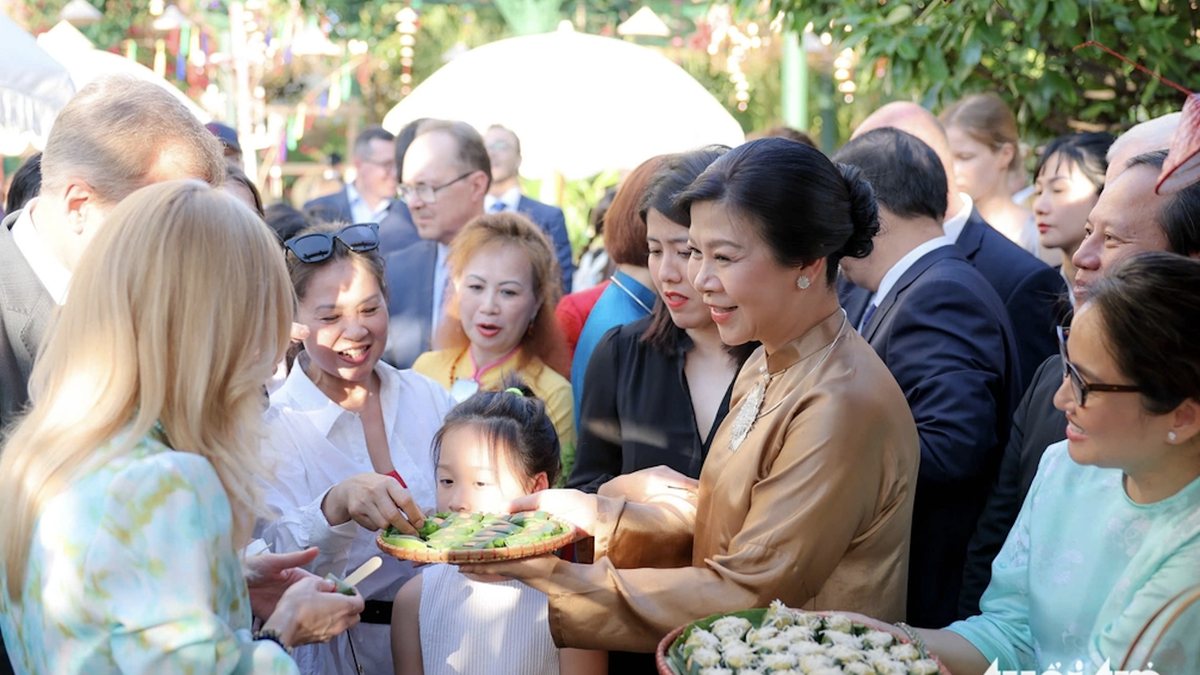
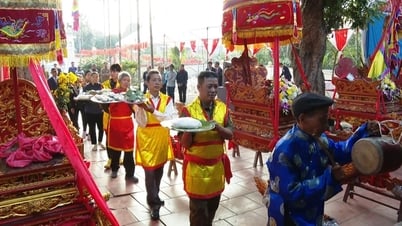

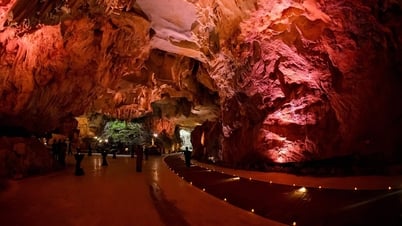
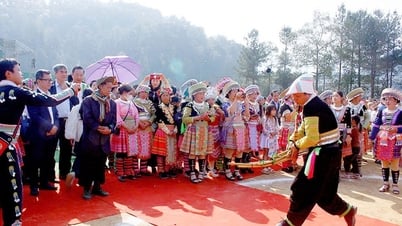

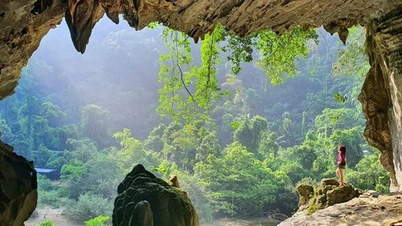

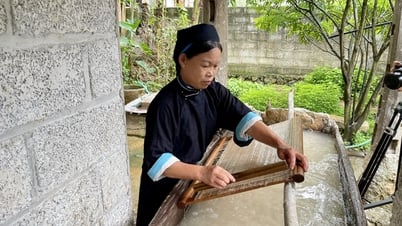

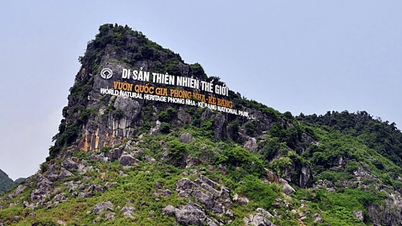

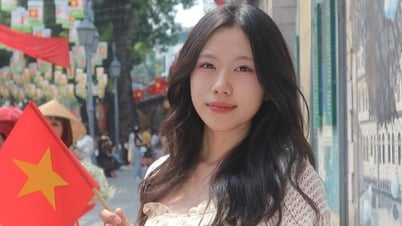

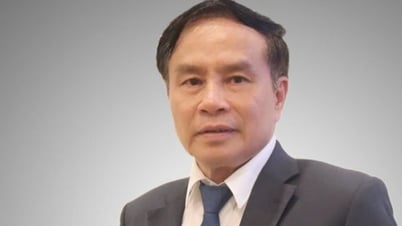

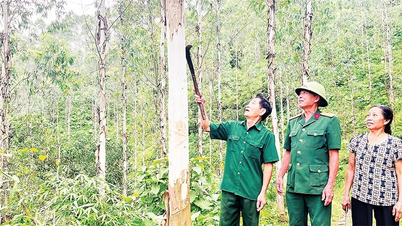

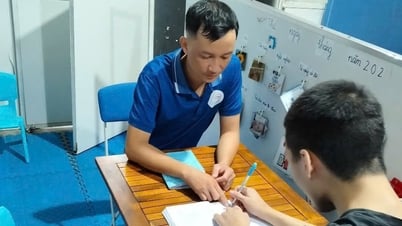

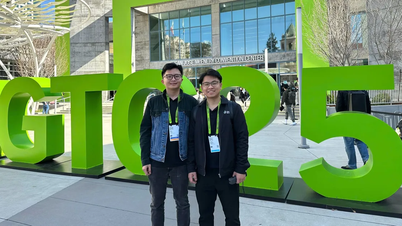


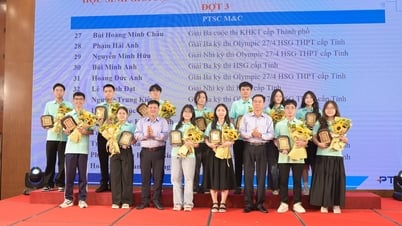




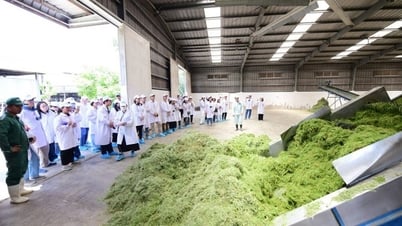










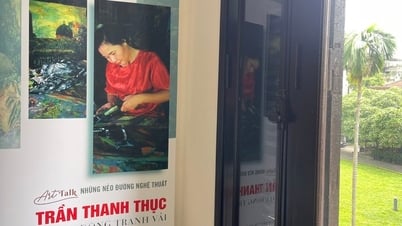

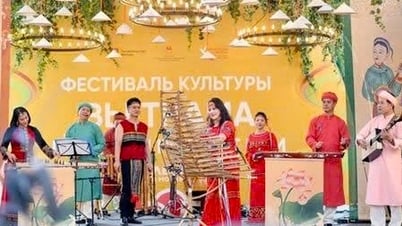
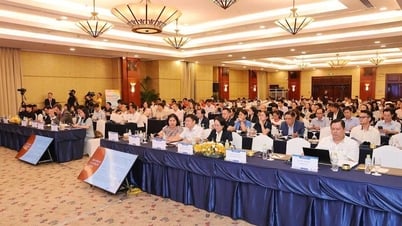

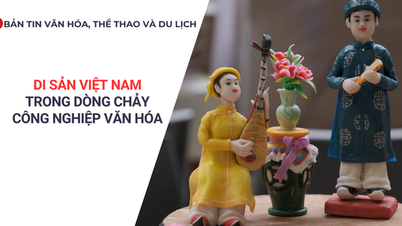


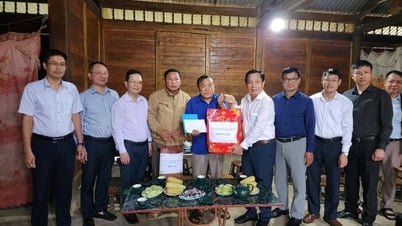

















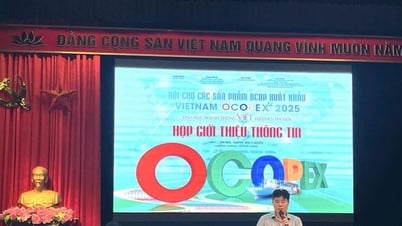


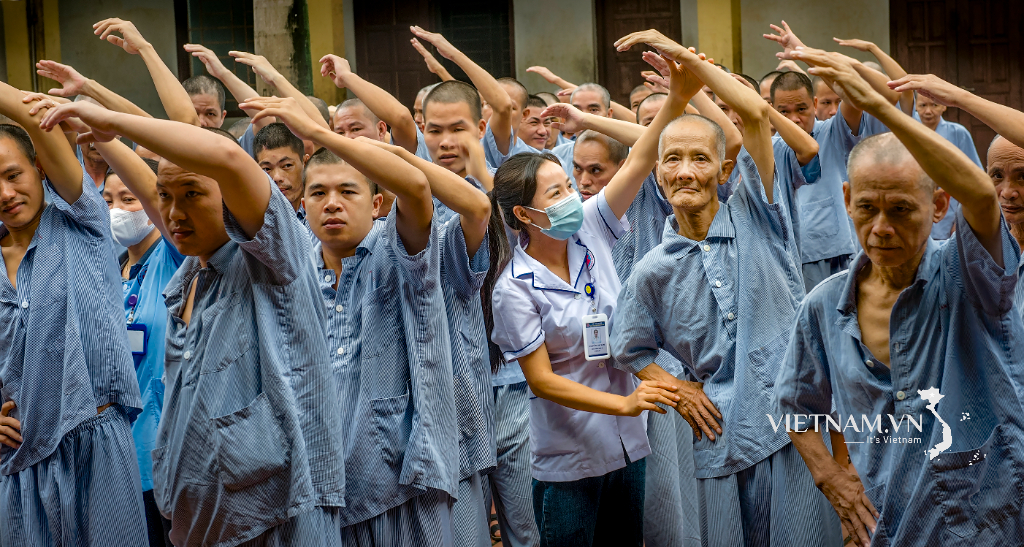
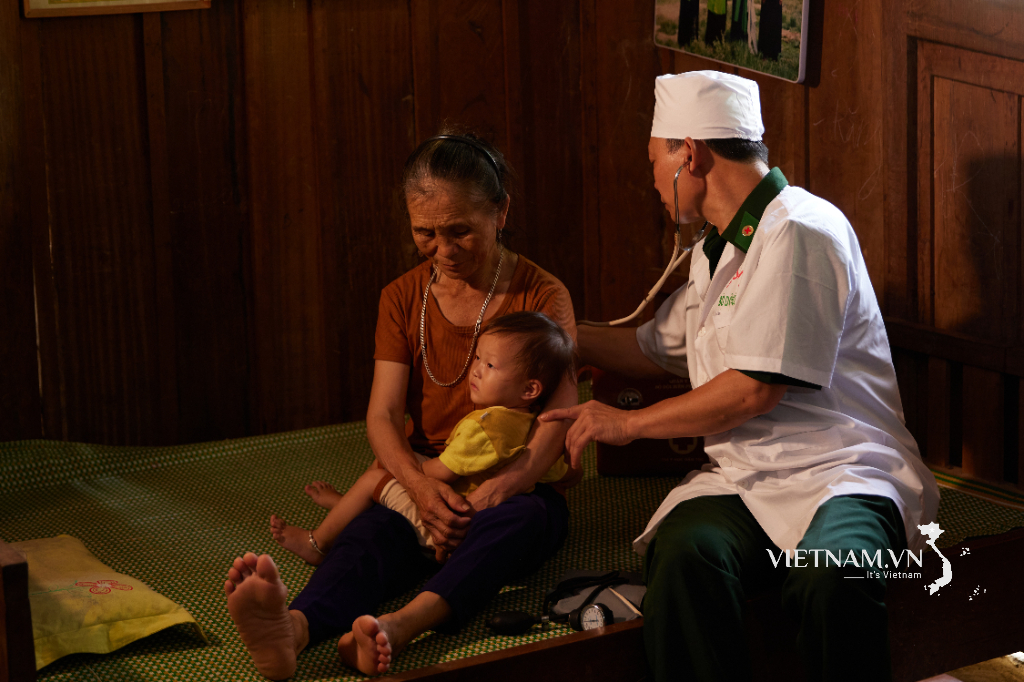

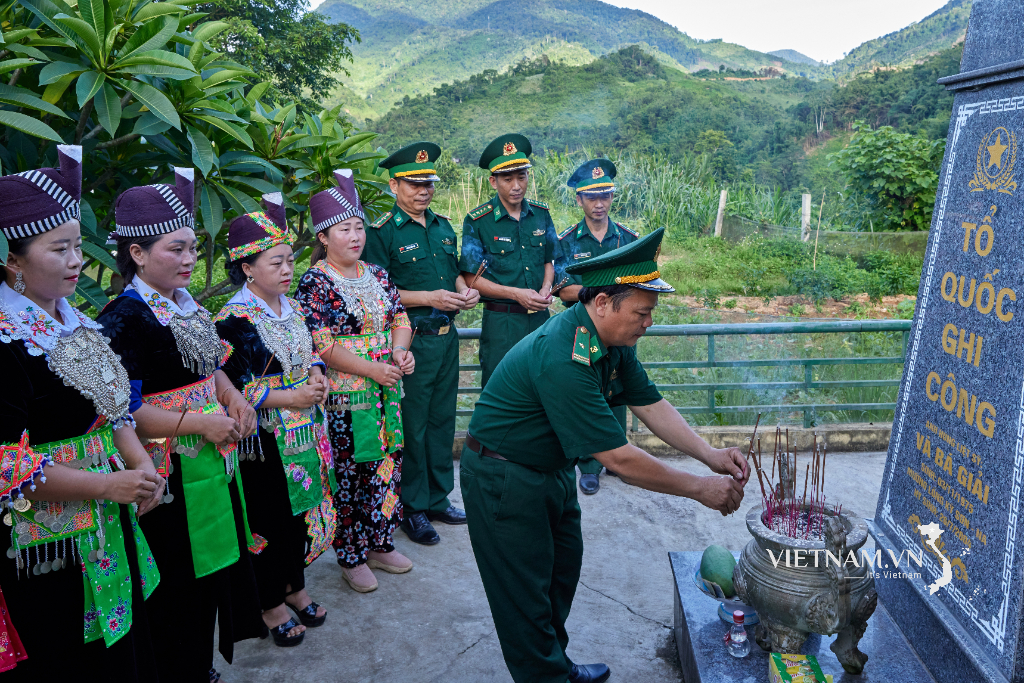
Comment (0)